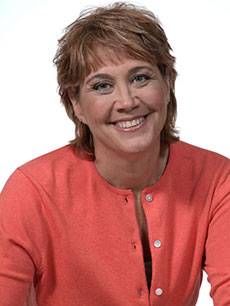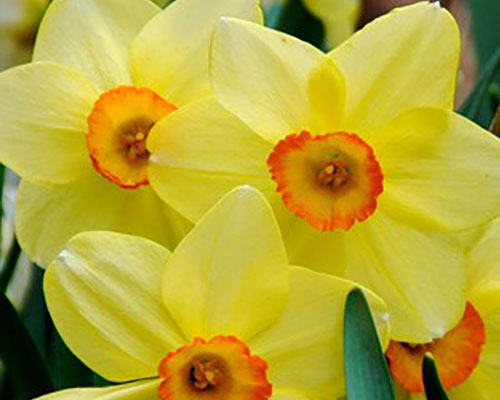
Melinda’s Garden Moments is heard Mon.-Fri. at 7:45 and 10:45 a.m. and 4:45 p.m. on WHAV.
Extend your enjoyment of potted and forced tulips, daffodils and hyacinths.
Keep these potted plants in a cool bright location to extend their bloom time. Once the plants are done blooming, cut off the faded flowers and move the container to a sunny window. Keep watering thoroughly whenever the top few inches of soil are slightly moist. Pour off any excess water that collects in the saucer to prevent root rot. This is also a good time to replenish their energy with a dilute solution of any flowering houseplant fertilizer.
Once the leaves turn yellow and die or the soil warms and the danger of frost has passed, you can plant the bulbs outside in the garden. Tulips and hyacinths perform best in sunny areas with well-drained soils. Daffodils will grow in sun or shade and a variety of soil types. Plant the bulbs 2 to 3 times their height deep and water thoroughly. It may be two years before you have flowers, but what a great way to get more bloom for your bucks.
A bit more information: Do you have a few tulips, daffodils or other spring flowering bulbs that didn’t get planted last fall? If the bulbs are still plump and firm, you can plant them this spring as soon as the soil can be worked. Plant the bulbs 2 to 3 times their vertical diameter deep in well-drained soils. Water in and wait. Bulbs stored in a cool location of 35 to 45 degrees for 12 to 15 weeks will eventually bloom this spring. Those stored in warmed areas, did not receive the needed chilling to initiate flowering. These bulbs will produce leaves this year and flowers next spring.
For more gardening tips, how-to videos, podcasts and more, visit www.melindamyers.com.
